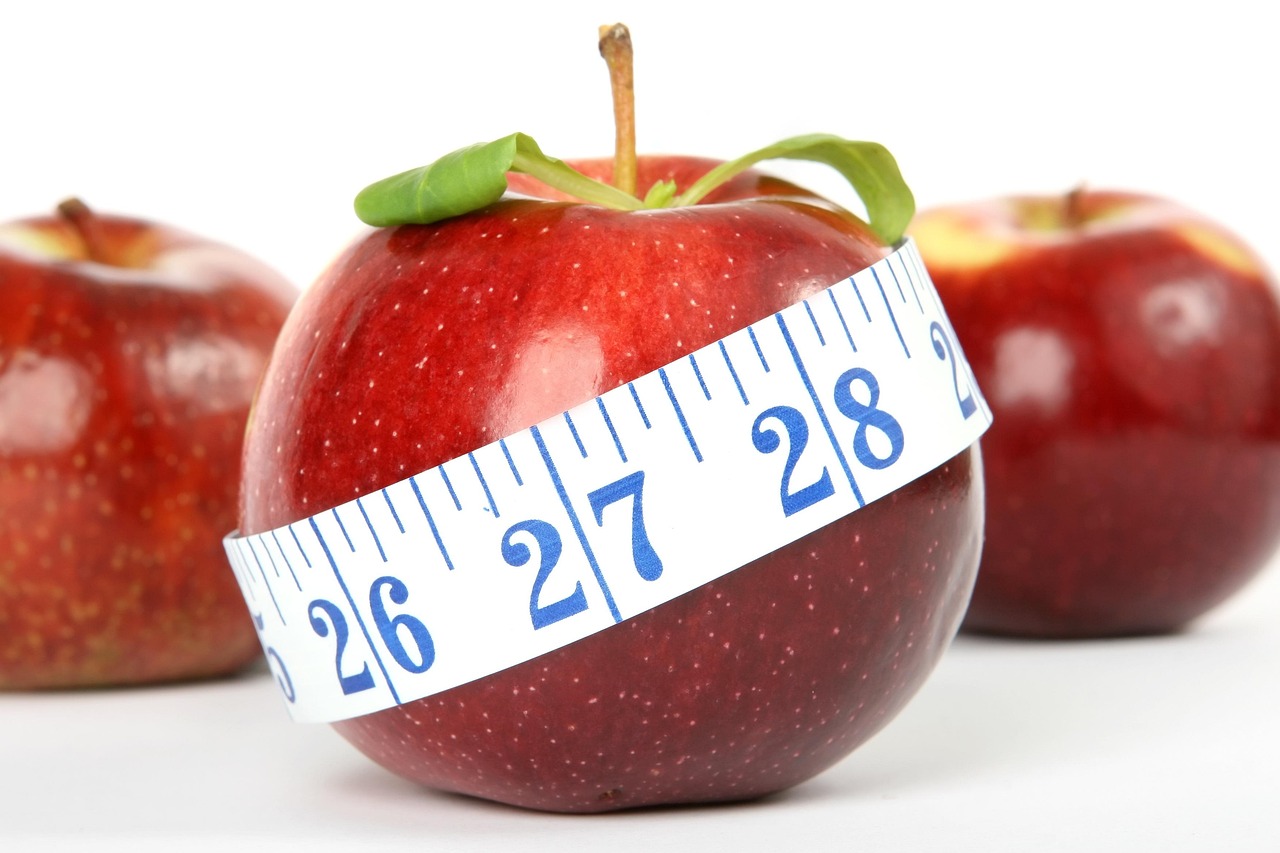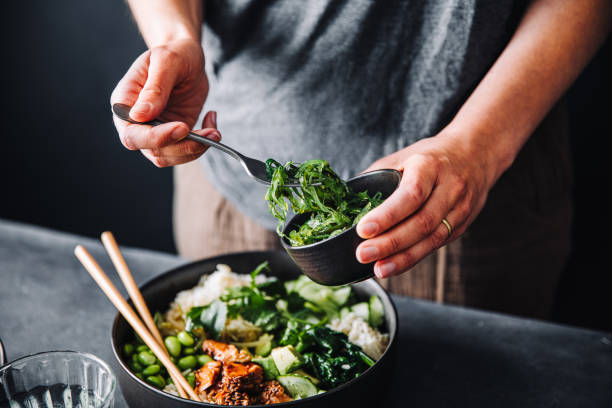Align portion sizes with calorie goals using simple metrics
Practical portioning helps match what ends up on your plate with your calorie and macronutrient goals. This article explains straightforward metrics and measurement techniques you can use to scale recipes, track servings, and plan meals without complex tools.

Aligning portion sizes with calorie goals starts with simple, repeatable measures you can use in the kitchen and at the grocery store. Rather than guessing, rely on easy metrics — like cups, ounces, handfuls, and standard serving sizes — to control calories and balance macronutrients across meals. This approach makes mealplanning clearer, helps with recipe scaling, and improves tracking so that ingredients turn into predictable servings.
This article is for informational purposes only and should not be considered medical advice. Please consult a qualified healthcare professional for personalized guidance and treatment.
How does nutrition inform portioning choices?
Nutrition goals determine which foods you emphasize and how large each portion should be. If your focus is protein intake, measure portions of lean meats, legumes, or dairy to meet daily macronutrient targets. For energy balance and calories, incorporate more low-calorie-volume foods such as vegetables to increase portion size without exceeding calorie goals. Use nutrition labels and standard serving references to estimate calories per serving, then multiply by the number of servings on your plate to check alignment with daily targets.
How can you measure portions and servings reliably?
Reliable portioning relies on consistent measurements. A kitchen scale gives the most precise results for meats, grains, and dairy, while volume tools like cups and spoons work well for many recipes and packaged foods. Visual cues — a fist for a cup of vegetables, a palm for a protein portion, or a thumb for fats — are useful when tools aren’t available. Track servings by noting the measurement and corresponding calories or macronutrients in a simple log or an app dedicated to tracking nutrition and portions.
How do calories and macronutrients connect to portion sizes?
Understanding calories and macronutrients helps you prioritize portions. Carbohydrates and proteins provide about 4 kcal per gram, fats about 9 kcal per gram; these values let you compute calories from grams when you measure ingredients. If a recipe lists grams for macronutrients, convert those into calories and then decide how many servings the dish should be split into so each portion matches your calorie target. Adjust portion sizes up or down by changing the grams or volume of high-calorie ingredients like oils, nuts, or cheese.
How to scale recipes and adjust ingredients for targets?
Scaling recipes makes it easier to control portions across multiple servings. Start by calculating the total calories and macronutrients for the full recipe based on ingredient labels or standard databases, then divide by the intended number of servings to get per-serving values. If a single serving exceeds your calorie goal, reduce portion size or substitute lower-calorie ingredient options — for example, use more vegetables and less starch, or swap full-fat dairy for lower-fat alternatives while noting macronutrient changes.
How do conversions, measurements, and tracking improve consistency?
Conversions between weight and volume units avoid variability in portioning. Keep a conversion list for common ingredients (e.g., 1 cup cooked rice ≈ 150–200 g) and update it with your own measurements if you cook regularly. Track portions and ingredients in a simple spreadsheet or nutrition app to see patterns over time: which recipes consistently exceed calorie goals, or which ingredients push macronutrient ratios off target. This record improves grocery planning by highlighting which ingredients should be purchased in what quantities to support consistent portioning.
How can mealplanning, grocery choices, and portion metrics work together?
Effective mealplanning ties grocery decisions to portion metrics. Build a weekly plan with recipes scaled to the number of servings you need, then create a grocery list organized by ingredient quantities rather than vague items. When shopping, choose package sizes that align with your planned servings to reduce waste and simplify portion control. At home, portion out ingredients into single-serving containers or pre-measured bags to speed up meal prep and ensure consistency across meals, making tracking and portioning less error-prone.
Conclusion
Using straightforward metrics — weights, volumes, and consistent visual cues — removes much of the guesswork from portion control and helps align meals with calorie and macronutrient goals. Regular measurement, recipe scaling, and simple tracking practices create predictable servings that support clearer mealplanning and better use of groceries, while allowing flexibility to adjust portions based on changing needs or preferences.




